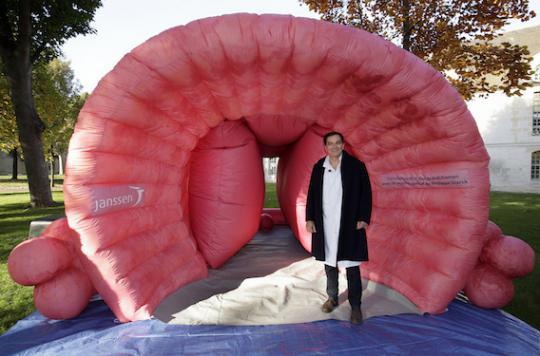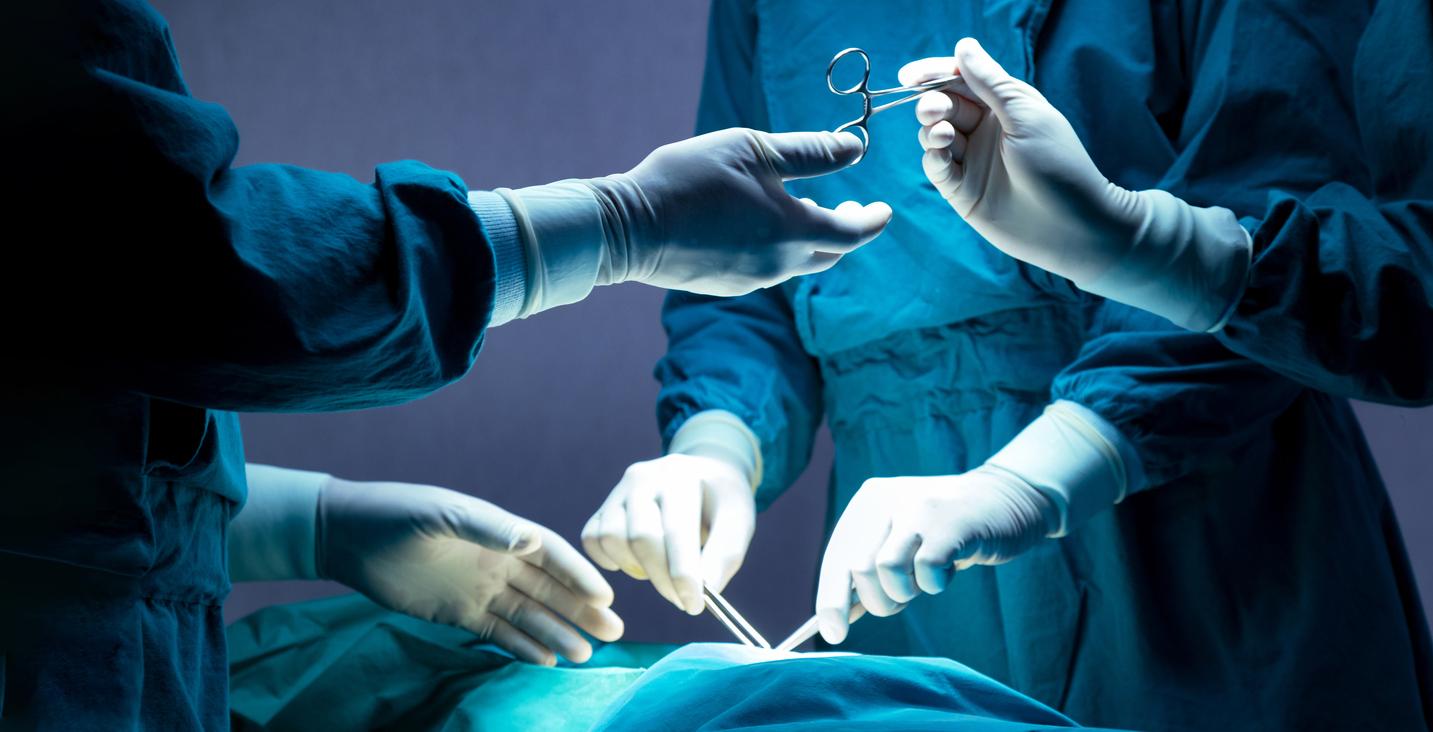INTERVIEW – A giant prostate in the courtyard of Saint-Louis hospital (Paris). The image is striking, on purpose. The inflatable structure aims to educate men.

Entry through the bladder, exit through the urethra. The guided tour offered by Saint-Louis Hospital (Paris) on November 3 is original to say the least. Prof. François Desgrandchamps, head of the urology and transplantation department, accompanied his visitors to the heart of a giant prostate. This inflatable structure, 4 meters high by 7 long, was designed by interior designer Philippe Starck. Now deflated, the disproportionate gland will travel the rest of France. The calendar owes nothing to chance.
The short-lived operation takes place in the middle of Movember, a month in which men are invited to grow a mustache to raise awareness of men’s health. A grand opening for the Saint-Louis hospital. Why actor took the opportunity to question Professor Desgrandchamps.
Why did you install this giant prostate?
Prof. François Desgrandchamps : We must play down the situation and restore glamor to the prostate. The inflatable prostate is watermelon-colored, and co-signed by Philippe Starck, who gives a little love to an organ that does not receive much. The giant prostate is there to educate the general public about prostate disease. As part of Movember, I want to convey two messages: don’t be afraid to see your doctor for prostate problems, and know that there are simple solutions such as drug treatments or better general management …
The vast majority of men are reluctant because they are afraid to recognize their symptoms, which do not look good. They are still taboo, synonymous with loss of virility, loss of self-confidence. It is often the wife who asks for a consultation when almost all 50-year-old men have urinary problems.
How is the visit going?
Prof. François Desgrandchamps : We follow the path of urine. We start in the bladder and to exit towards the urethra, we must pass in the middle the prostate, which is hollow. The system may be over inflated. We see in these cases that the urine has difficulty passing. The jet is weak and the bladder is damaged, which makes you want to urinate frequently at night. The internal part may swell with age; it is an adenoma and it is benign. Nine out of ten patients can be cured with medication.
The second part of the visit takes place at the exit of the urethra. We turn right and we observe the external face, the main site of prostate cancer. A small inflatable structure represents this cancer. We immediately see that it is very close to the nerves of the erection, which explains the risks of sequelae such as impotence and the risk of incontinence. This is where we explain to patients that treatments are only reserved for the most serious cancers. One in two patients does not need treatment.
What are the reactions of visitors?
Prof. François Desgrandchamps : They are excellent. First of all, there are more women than men, which is funny. We begin to present the normal functioning of a prostate, which is very little known. It is a kind of sex education that is gaining a lot of interest. We play down the subject, which makes women leave by saying that they will talk to their man about it. We also receive personal confidences, we do consultations off the cuff.
What spinoffs do you expect?
Prof. François Desgrandchamps : That the prostate regains color, that we are no longer afraid to talk about it. The goal is that it is no longer shameful, even one day glamorous.

Find the program L’invité santé by Pourquoidocteur with
Prof. François Desgrandchamps, Saint-Louis hospital in Paris,
broadcast on March 24, 2016
.















